The Pixel X800c Flash Review
Here it is! The new X800c from Pixel!
Since I am not much of a geek, you won’t see any kind of graphs, histograms or brainless testing in this review. What you will see here are my experiences and comparisons with the systems I met along the way, and of course, my conclusion about the product.
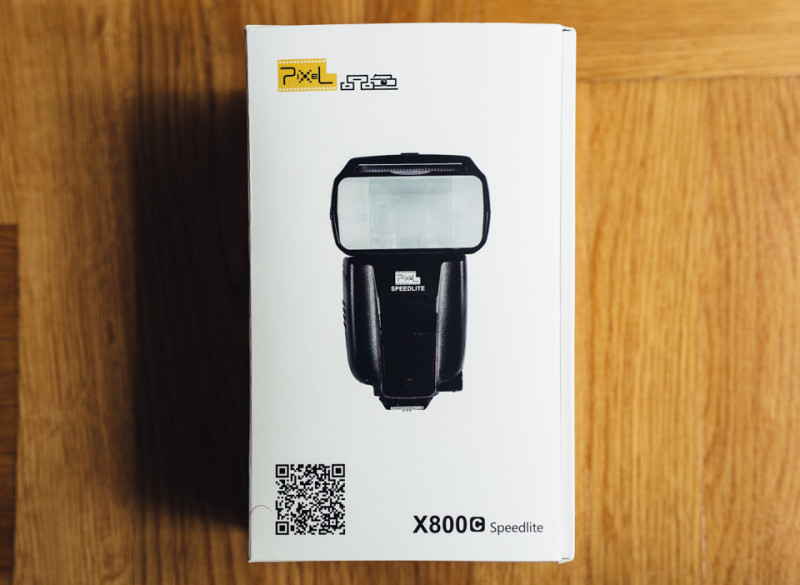
- For Canon
- Built in 2.4GHz radio transceiver with master/slave modes
- MODES: ETTL /M / Multi
- 1st Curtain Sync / 2nd Curtain Sync
- HSS to 1/8000th
- Runs on 4 AA batteries
- AF-Assist Light
- High Definition Dot Matrix LCD Screen
- Flash Recycle Time less than 2.8 sec (1/1 full power output)
- Flash coverage from 20mm to 200mm
- Overheating Warning
- Full Head Tilt & Swivel – UP/Down: -7/90 degree Left/Right: 180/180 degree
- PCsync & USB port
- DIMENSION: 04mm×60.50mm×193.00mm
- WEIGHT: 408g (without batteries)
UNBOXING:
What you get;
This might sound weird but, as soon as I had my very own example of Pixel X800c delivered, I already got mind blown by the quality of packaging and the box design!
There are main function icons of the flash printed out on the box while design is very minimalistic, which was a big like for me!
Once I opened the box, everything was packed in neatly. There were two smaller boxes in which were carefully packed light stand and diffuser separately.
You also get very detailed manuals in order to make it easier to work with the flash.
The most important of all, there is x800c packed in a black pouch, so it can’t be scratched or damaged.
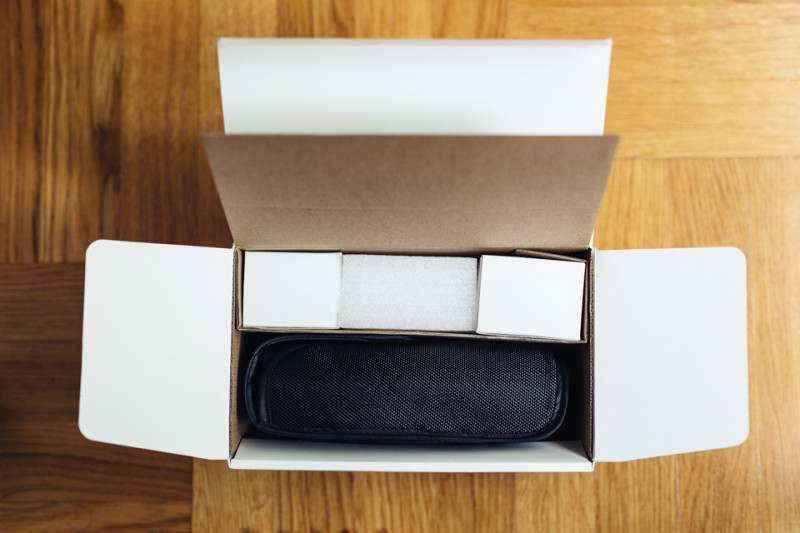
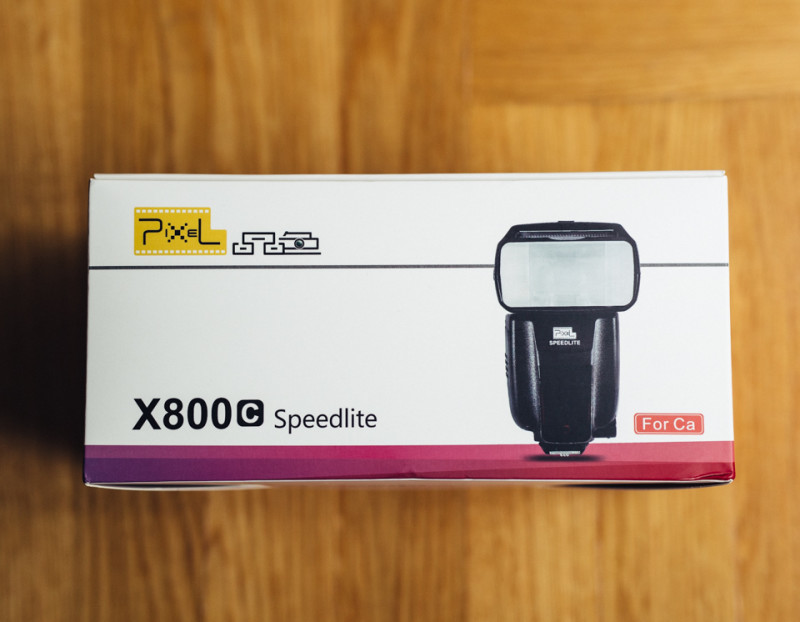
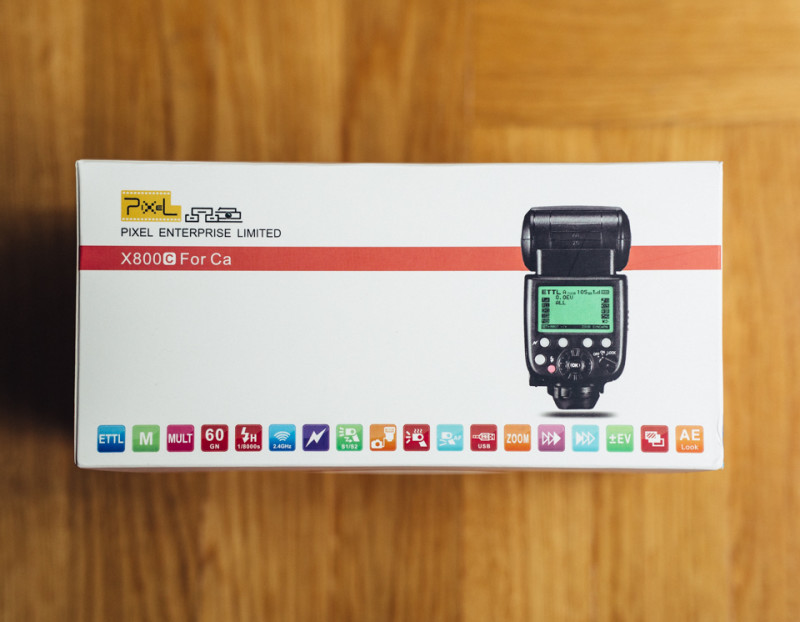
The Diffuser-
Seriously, hat off to Pixel for putting this lovely detail in!
I am very happy with this diffuser since it diffuses the light so great that I absolutely had to put it in use in nearly every test photo.
The flash stand-
Since I usually use flash off camera, the stand was very useful for me to put it in the background and point it to the side at which I need it to be.
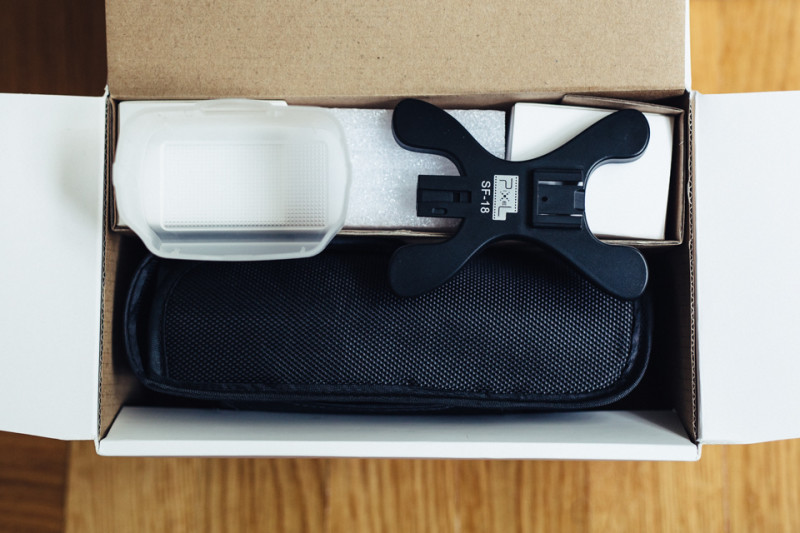
The flash-
Build quality of the flash can stand side to side with well known brands such as Cannon, Nikon,…
You know the feeling when you take a product in your hand and you feel the cheap plastic? Well this is not the case here! Pixel really pulled this out amazingly so the flash is really robust and firm, furthermore buttons are also really nicely positioned and pleasant to use.
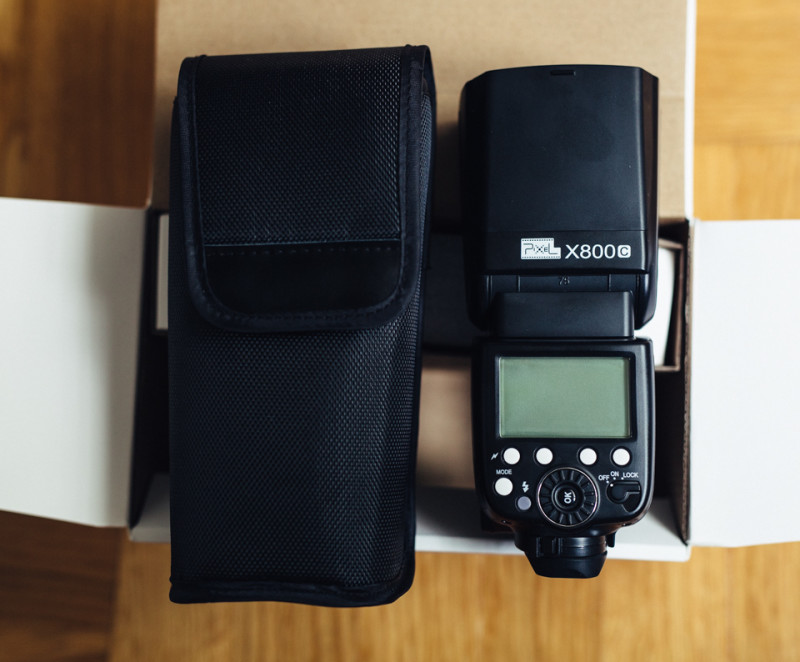
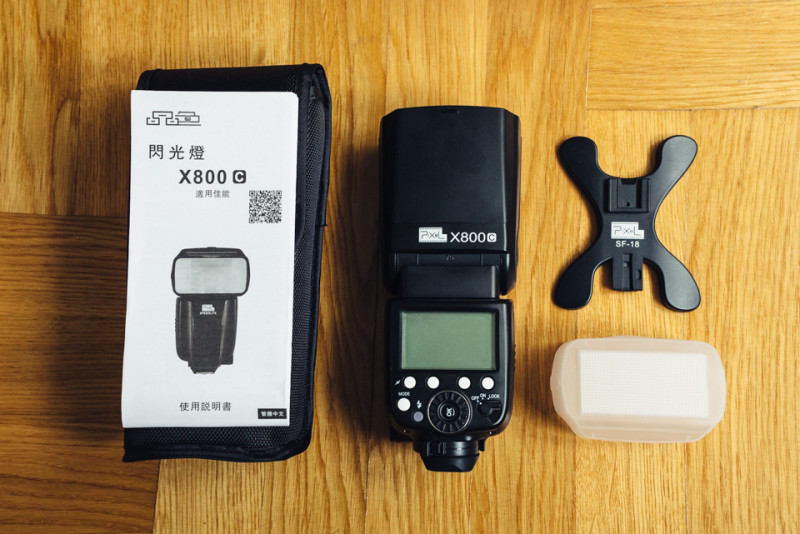
INTERFACE:
The display is large and clear whilst the interface s very user friendly. It is visible that Pixel took the inspiration in Canons 600EX-RT with a small change. Pixel removed the button which at Canons model was only used for trigger functions (so I could say it was one tad bit useless), and put it in the first button as the second function. In the end this made me give a small advantage to Pixel! 😉
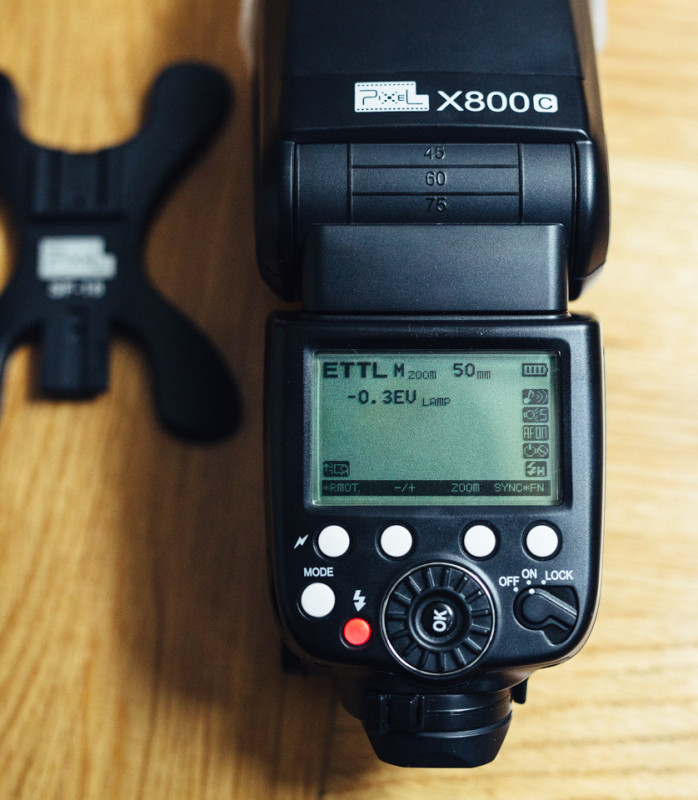
THE BATTLE:
***I used Panasonic Eneloop Pro batteries in both of my tests, and I must say flashes work perfectly with those!
Pixel X800c + KingPro vs. Canon 600EX-RT + ST-E3-RT
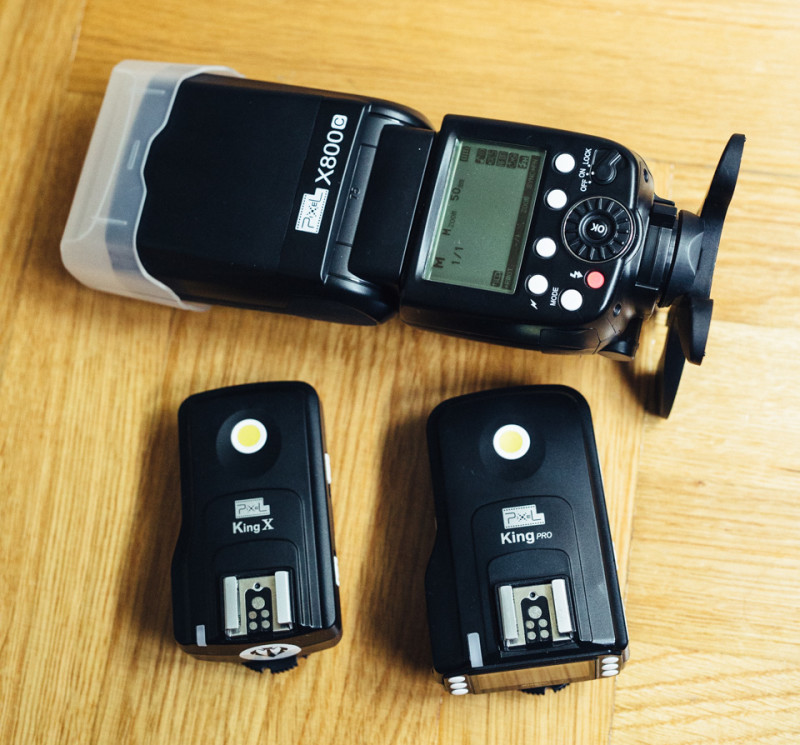
So far I had a chance to try out plenty of popular off camera flash systems, such as: Bowens, Canon, Pocket wizards, etc. Sadly according to my needs, all of those had at least one major flaw.
X800c + KingPro combination is very similar to Canon’s system Speedlite 600EX-RT + ST-E3-RT Speedlite Transmitter, which is the combination I have been using for a long time and I really liked it.
Both of the previously mentioned systems are well made and it occurred to me very rarely that something did not work right.
*Canon*
Pros: – The settings wheel
– Ability to save a preset
Cons: – the zoom on the trigger cannot be controlled
*Pixel*
Pros: – zoom can be changed on the trigger
Cons: -size
-Button positioning
RESULT: I must give a small advantage to Pixel’s system since it has very flexible flash settings which can be easily controlled.
Pixel X800c vs. Canon Speedlite 430EX II
Cannons 430EX is something I have been using for the past 2 years and I picked those for the outdoor shootings because of the price. Those flashes are working perfectly with Pixel KingPro, therefore no flaws were found here.
When comparing ergonomics of the mentioned flashes, X800c is much bigger which could be seen as flaw, but the important part is the built-in transmitter which makes it slightly smaller compared to other off camera shooting flashes. Canons cheapest model, in my opinion has a massive flaw – control buttons! If you ever had a chance to use one of these, you will know exactly what am I talking about. The buttons are placed in quite deep which makes it hard, nearly annoying to use.
Furthermore, Canons model has fewer possibilities than the X800c and it also doesn’t contain a white card for bouncing the flash.
RESULT: Pixel won again since for reasonably lower price you get much more from it!
SHOTS IN REAL LIFE:
On the photo below I used X900c+diffuser with KingPro combination. Photo has been taken in the afternoon hours while the sin was still quite high so the flash has been set on max to overcome the sunlight. Here I had a situation where the flash zoom had also been set to max, which is with KingPro easily done without an assistant, also without walking to the flash by myself, thus wasting the precious time.
Gear I used:
Canon EOS 5D Mark III
Sigma 35mm 1.4Art
Pixel X800c + diffuser
Pixel KingPro

On the next photo, my goal was to separate the models from the dark forest in the background so the flash has been set against them and hidden behind the tree. Here is greatly noticeable that even the few obstacles that were found between the transmitter and receiver are not stopping the flash to trigger. KingPro is in the reach up to 300m!
Gear I used:
Canon EOS 5D Mark III
Canon EF17-40mm f/4L USM
Pixel X800c + diffuser
Pixel KingPro
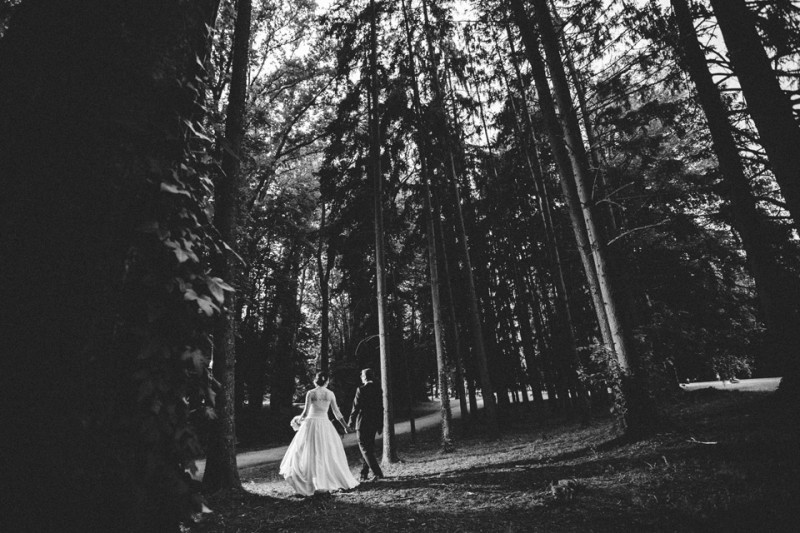
While shooting the wedding, I love to freeze the moment so the flash on the camera is facing the subject. I usually use second curtain method so the movement seems to be as dynamic as possible.
X800 has an amazing AF-Assist Light, which makes it easy to focus with and hard to miss a moment.
Gear I used:
Canon EOS 5D Mark III
Canon EF17-40mm f/4L USM
Pixel X800c + diffuser
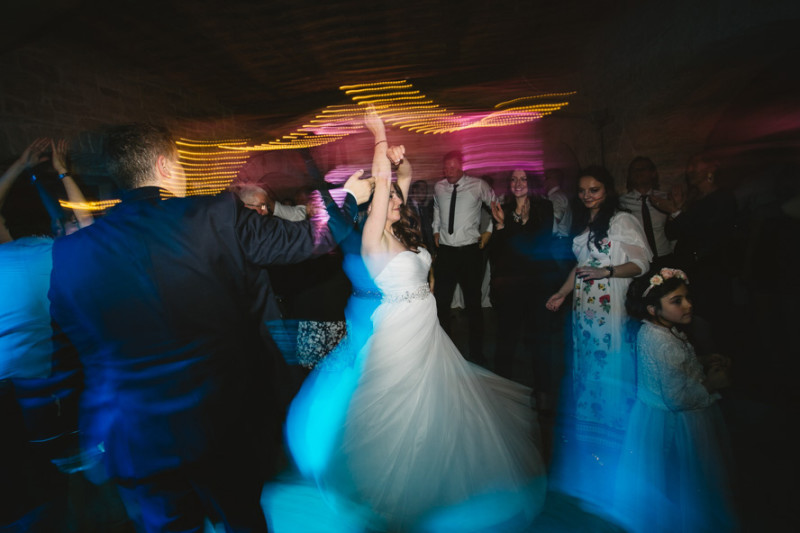
Next photos were taken in the shade of trees so I had to use flash as a slight back light in order to separate the model from the background. I believe you are also familiar with the unpredictability of children, so you absolutely must be ready for any reaction. As KingPro is user friendly, all the settings are easily changed without walking to the flash, which makes it perfect for shooting children!
Gear I used:
Canon EOS 5D Mark III
Sigma 50mm 1.4Art
Pixel X800c + diffuser
Pixel KingPro
Canon 480EXII + KingPro trigger


MY OPINION:
It is noticeable that X800c was developed on the image of Cannons 600EX-RT, but that is not a flaw here. I must say that Pixel made an amazing job here and with a bit of their magic, made a fantastic off camera flash triggering system!
Not only that X800c + KingPro combination works perfectly, but you can also buy it for a bit under 250$ which is amazing! In comparison here is how much you must pay for Canon version:
Canon Speedlite 600EX-RT price: 500$
Canon ST-E3-RT Transmitter price: 265$
= 765$
Pixel X800c price: 160$
Pixel KingPro price (1x transceiver): 80$
= 240$
With Pixels version you can save not double but triple!
As a wedding photographer, I often come across unpredictable situations. The work I do must be done in a short period of time with the highest quality possible, and often the lightning conditions are not the best, so the only life savior here is my gear. I expect it to give me maximum support and to work its magic! Pixel KingPro + Canon Speedlite 430EX II is a part of my equipment for over a year and so far I had no objections, until I got a chance to try out KingPro + X800c. Now I am completely positive I have found the perfect combination for wedding photographers around the world! 🙂
Thank u for the opportunity to test your products!
P.s. Big thanks to Monika for the translate, you are a good friend!

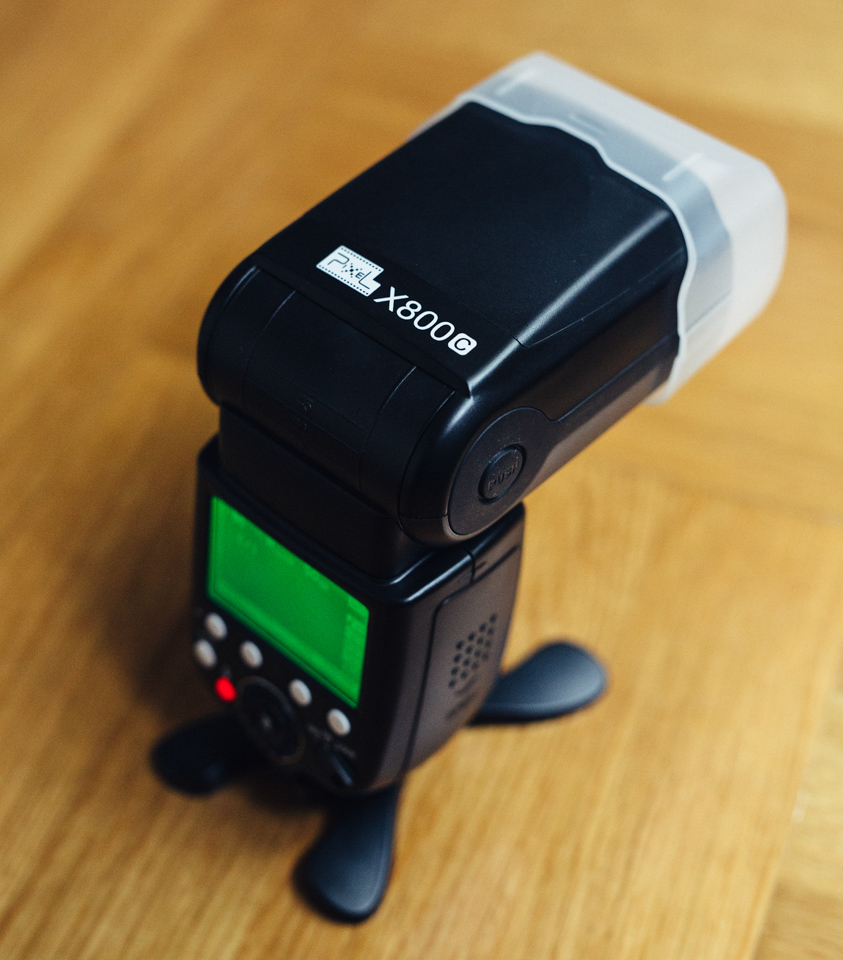
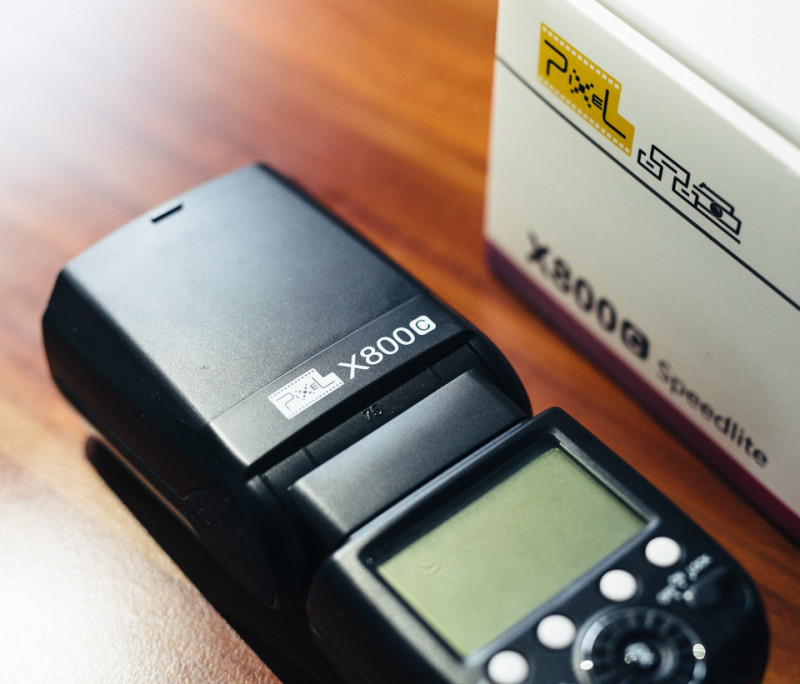
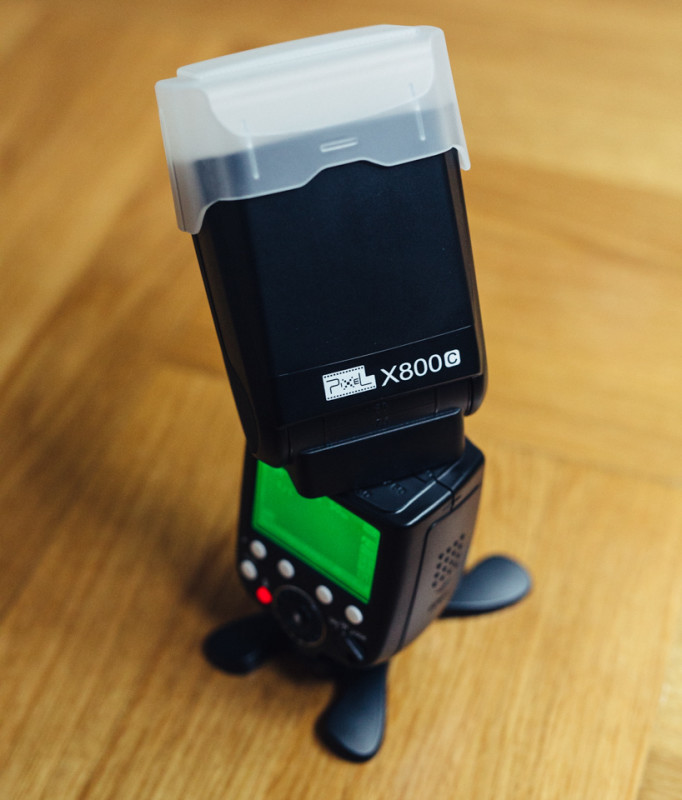
Real practical review… Great job!
Nice review.
Do you have the pro version or the standard version?
Whar i read the standard vetsion dosent have radio built in.
Regards Benny.